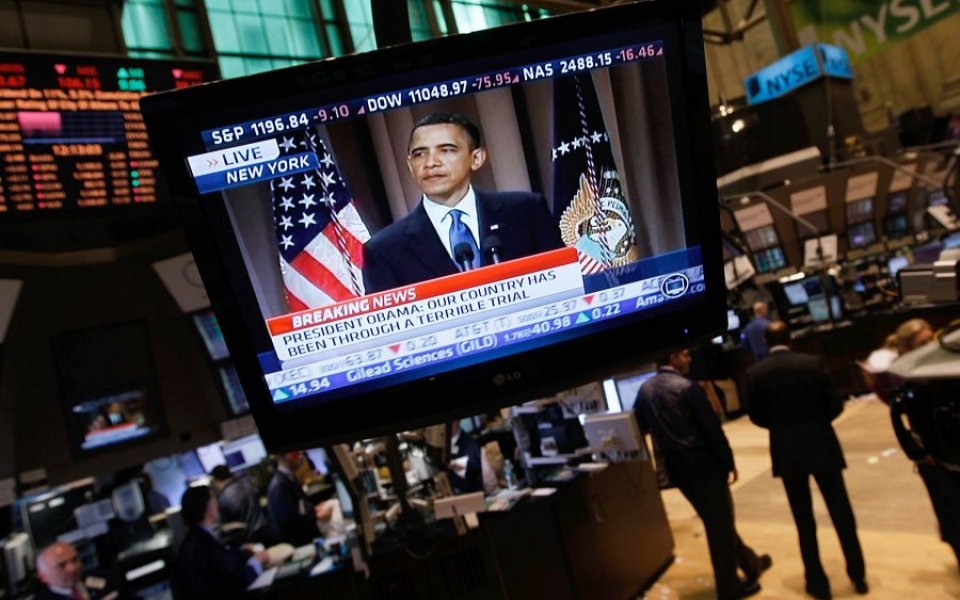US Presidential Election 2016: Can the stock market predict who is going to be the next President?

The big wins in the New Hampshire primaries by candidates Donald Trump and Bernie Sanders reflects the general discontent the US currently has. This is also mirrored in the stock market and suggests the potential for a big appetite for change come November.
Stock prices reflect a number of forces including economic, earnings and interest rate prospects, but also captures the mood of traders towards the direction the country is going. Stocks also reflect traders’ expectations for the future, with price trends showing if people are more optimistic or pessimistic.
Looking at the performance of stock markets over the last 14 Presidential Election years, it’s no surprise to see January’s stock market weakness and primary results.
Read more: This is what Donald Trump just (sort of) called Ted Cruz
Election years with no incumbent running for re-election have tended to start off slowly, with the prospects of a lame duck President and uncertainly over who may replace him weighing on stocks. The Dow declined in January, so last month’s sell-off was not a total surprise. In fact the 5.5 per cent decline was almost the same as January 1968 and more than January 2000 and January 2008.
One thing the negative Januarys mentioned above, as well as 1960 have in common, is that a down January was followed in November by a change in party holding the White House. In addition, negative Februarys were followed by a change in power five out of six times.
This suggests that last month’s sell-off reflects a restless mood in the American electorate, as well as unhappiness with the political direction of the nation. It doesn’t come as much of a surprise that candidates who are outsiders to their party establishment (Sanders, Cruz, Trump) are channelling voter discontent and have been successful in primaries and caucuses thus far.
Read more: The weird world of merchandise for US presidential hopefuls
The struggles of candidates Clinton and Bush, who are clearly established favourites, indicates a desire for serious change. That being said, it would be foolish to count out Clinton so early; 1992 had a positive January that should have favoured the incumbent President Bush, but Bill Clinton managed to rally and score an upset win. On the Republican side, Donald Trump remains the leader but anything can still happen.
The next few weeks could be very telling, both for the markets and the election. The next two weeks bring the primaries and caucuses on South Carolina and Nevada and in the run up to Super Tuesday on 1 March, when 14 states vote, including Texas, Virginia, Georgia and Massachusetts. After that we should have a better idea which candidates have the momentum to continue through to the summer conventions leading to the November election.
If stocks continue to decline through the end of the month it would indicate growing pessimism and favour insurgents over establishment candidates and the Republicans over the Democrats. A rebound in the markets could help shore up support for the Democrats and moderate candidates favoured by party leaders.